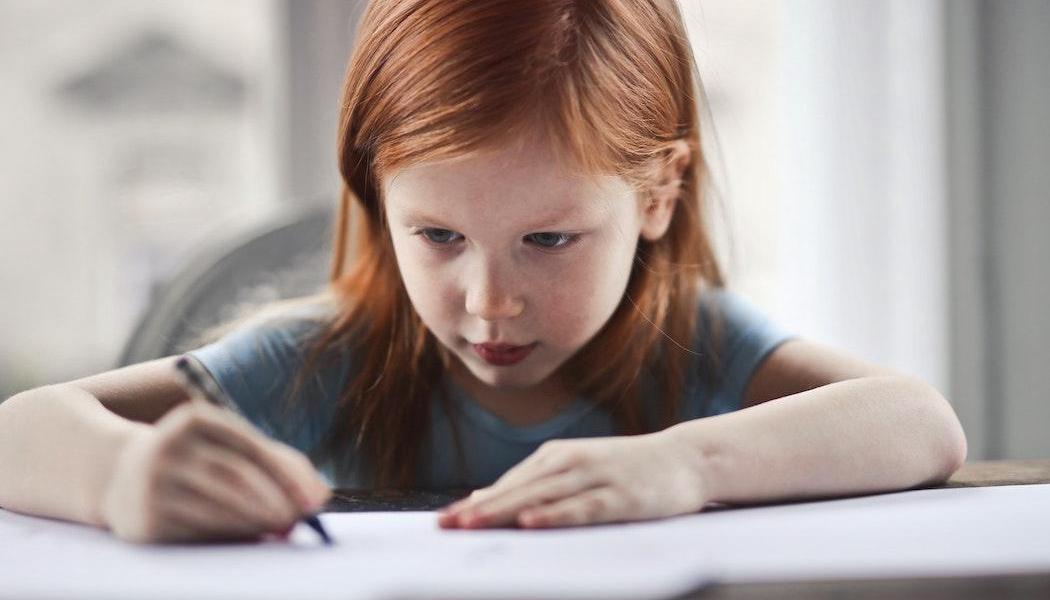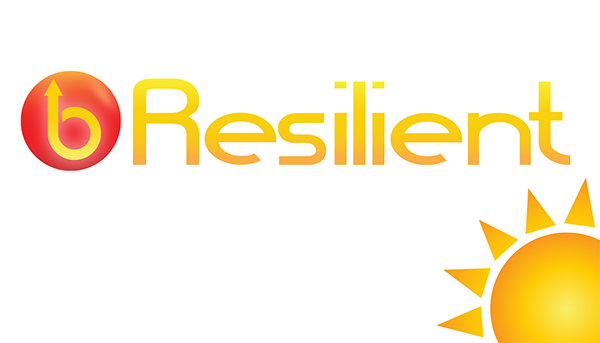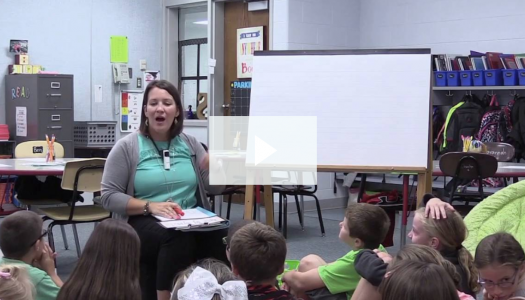
Gail Boushey
Pepper, age five, wrote a string of letters across the page, then pointed to them and asked, “Can you read this to me?”
When I responded that the author is the best person to read the work, she replied, “Okay, but could you tell me what it says?”
Instead of decoding BIAVHEYRD, I asked, “May I show you what some writers do when they write a story?” I took another piece of paper, did a sketch, and read my picture. Then I wrote the first sound of each word I had just recited and read her my story, touching each letter as I went. “So, Pepper, when you want to write a story, you can start by drawing a picture and then write about it, using the sounds you know.”
Pepper grabbed a colored pencil and drew a square and a large oval on her page. Then she read, “‘Mom and Dad are watching TV. Jake and I are watching Mom and Dad.’ I need to draw me in a chair, but I can’t draw a chair.”
“May I show you?” I asked. I modeled a stick chair on my paper. She confidently added one to her own page and drew herself in it. Then she drew another chair and drew her brother in that one.
In no time at all, Pepper had completed her story and learned how to staple a blank sheet of paper on the front for a cover and write “By Pepper” to show she was the author.
This conference was similar to so many taking place all over the world each day. As I reflected on it later, I thought about the powerful simplicity of asking, “May I show you . . . ?” The question invites us into children’s work, gives us a chance to provide precise models, and often instantly moves children forward.
All-Access Members: Registration for October coaching closes this Wednesday, October 16th at 8 a.m. EST.
News From The Daily CAFE
No More "I was going to say that!"








